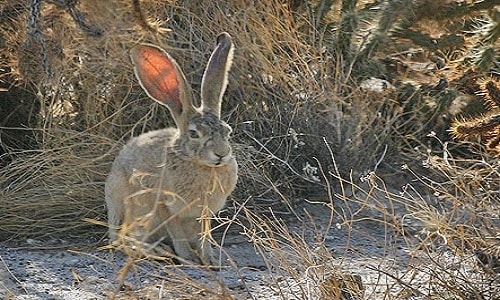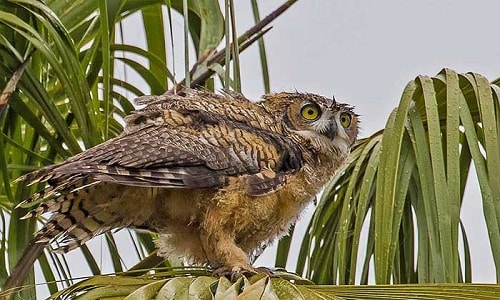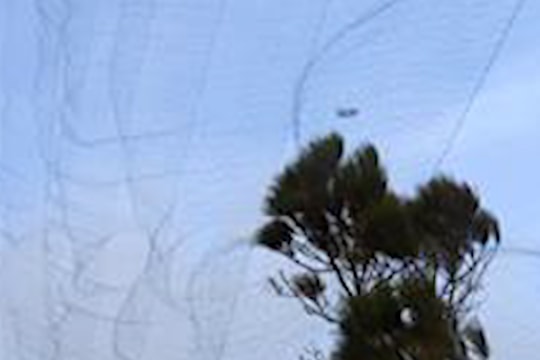Animals' secret to avoiding the heat in the desert
Most desert animals have developed complex and sophisticated mechanisms to help them cope with heat and water shortages in harsh environments.
 |
The Chuchwalla reptile lives in the dry deserts of the southwestern United States. Photo: Desert USA. |
According to Desert USA, lack of water is a matter of survival for all desert organisms, including animals and plants. However, animals face a greater problem because they are more vulnerable to high temperatures than plants. Animals are exposed to heat directly through radiation from the Sun and indirectly through heat transfer from the substrate (soil and rock).
Biological processes in animal tissues can only take place within a relatively narrow temperature range, called the thermoneutral range. When temperatures exceed this range, animals are very susceptible to death. Daily temperatures in the desert can be outside the thermoneutral range for 4-5 months of the year. Combined with the scarcity of water, the life of animals living in the desert becomes extremely fragile.
Avoid heat
Desert animals have a variety of heat-avoiding techniques. Some birds, such as the Phainopepla, a sleek black bird with a slender crest, breed in the spring when the weather is relatively cool, then migrate from the desert to cooler, higher elevations along the Pacific coast. The Costa hummingbird, a desert bird with a purple head and throat, begins breeding in late winter and leaves the desert in late spring. Many other birds are most active in the hours before sunset, then rest in cool, shady places for the rest of the day. Some, such as the grebe flycatcher, are active all day but always roost in shade.
 |
Desert hares in the southwestern United States have developed large ears to dissipate heat. Photo: Desert USA. |
Many animals (especially mammals and reptiles) are only active at dusk and dawn. Others are completely active at night when the temperature drops. Bats, snakes, voles, and large mammals such as foxes and skunks are nocturnal. During the day, they sleep in cool burrows or holes.
Some small desert animals, such as reptiles, insects, and amphibians, burrow beneath the soil or sand to escape the high temperatures at the desert surface. In particular, the round-tailed ground squirrel (Xerospermophilus tereticaudus), a diurnal mammal, enters a state of hibernation when the days become too hot and vegetation dries out. It will sleep during the hottest part of the summer. Desert toads sleep underground until summer rains fill their pools. Then they emerge, breed, lay eggs, and forage for food and water for a long period.
Dispel the heat
Animals dissipate heat from their surroundings in a variety of ways. Owls, poorwills, and nighthawks open their beaks while vibrating their throats to evaporate water from their mouths. Many other desert animals have evolved long appendages that help them dissipate body heat into the environment. For example, the giant, vascular ears of the jackrabbit of the southwestern United States release heat when the animal sleeps in a shady spot. Their relatives in colder regions have much shorter ears.
 |
Desert owls dissipate heat by opening their beaks and vibrating their throats to evaporate water from their mouths. Photo: Desert USA. |
Vultures have dark feathers that absorb a lot of heat in the desert. But they excrete urine on their feet, cooling their bodies byevaporation ofwater, and the circulation of cooled blood. At midday, they often fly straight up into cooler air layers to cool down.
Many other desert animals have lighter fur, scales, or skin than their temperate relatives. Not only does this help the animal absorb less heat, it also makes it less likely that predators will notice it in the bright sunlight.
Retain water
The mechanisms by which desert animals conserve water are complex. Some conserve water by burying themselves in moist soil during the day. Predators and scavengers maintain adequate moisture through their diet. Reptiles and birds excrete digestive waste in the form of uric acid, an insoluble white compound that helps prevent water loss.
According to VNE




.jpg)

.jpg)

